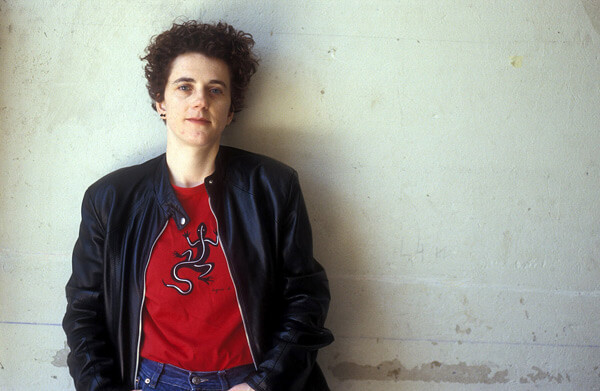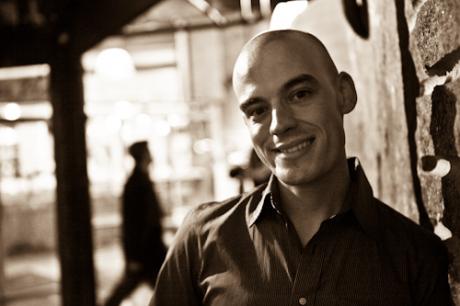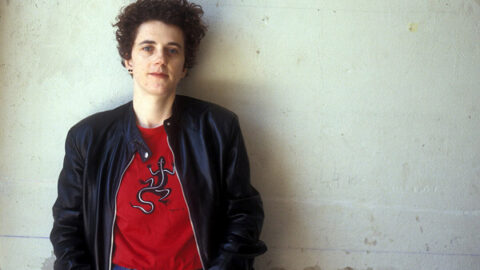 The Talea Ensemble brought precision and warmth to an evening of chamber works by the Austrian composer Olga Neuwirth on Sunday, November 4 in Berio Hall at the Wiener Konzerthaus, as part of the Neuwirth focus at this year’s Wien Modern (Vienna Modern Music) festival. The concert began with incidendo/fluido for piano and CD (2000), which is focussed around a continuous recorded tone, above and below which the piano comments. This single tone begins as an electronic sound, evolves and is briefly revealed as a round bassoon note before it is digitally obscured again. The piano material makes full use of the sound possibilities of a concert grand, and pianist Steve Beck highlighted these to great effect: at times sounding harsh and hammering, and at others deep and oddly lush, channelling the moodiness of late Romantic piano material.
The Talea Ensemble brought precision and warmth to an evening of chamber works by the Austrian composer Olga Neuwirth on Sunday, November 4 in Berio Hall at the Wiener Konzerthaus, as part of the Neuwirth focus at this year’s Wien Modern (Vienna Modern Music) festival. The concert began with incidendo/fluido for piano and CD (2000), which is focussed around a continuous recorded tone, above and below which the piano comments. This single tone begins as an electronic sound, evolves and is briefly revealed as a round bassoon note before it is digitally obscured again. The piano material makes full use of the sound possibilities of a concert grand, and pianist Steve Beck highlighted these to great effect: at times sounding harsh and hammering, and at others deep and oddly lush, channelling the moodiness of late Romantic piano material.

The virtuosic bassoon work of the young Adrian Morejon was a highlight of the evening, beginning with his performance on the piece In Nacht und Eis (In Night and Ice) (2006). Similar to incidendo/fluido, this piece begins by exploring the tone qualities available in a drone passing between bassoon and cello. The cello is plugged in, and its sound is enhanced by extremely subtle use of a ring modulator, a signal-processing device that produces a slightly-wavering, metallic sound (an extreme example is heard on the BBC series Doctor Who, where the ring modulator is turned up to the maximum to create the voice of the Daleks.) Even as this tone developed into complex and difficult running lines and leaps, this piece was well-executed by both Morejon and Chris Gross (cello).
The two violinists in the Talea Ensemble, Alex Woods and Anna Lim, brought a playful edge to the echoing …ad auras… in memoriam H. (1999) and led the string quartet confidently through Akroate Hadal (1995), a veritable catalogue of extended string techniques.
The ensemble’s tight precision, with James Baker conducting, allowed bassoon soloist Adrian Morejon to shine on the final piece, torsion: transparent variation (2001) for bassoon solo, ensemble and CD. This piece truly stretches the limits of extended techniques on the bassoon, but does so in a coherent way that adds depth to the tonal possibilities of a chamber ensemble. Morejon adeptly navigated the extremes of circular breathing, subtones, split tones and running passages that leap from low to high registers and back again. This piece has several disconcerting breaks in which the ensemble pauses while the CD plays stretches of white noise. Recorded in the architectural voids of Daniel Libeskind’s Jewish Museum, one can eventually hear the faint sound of a klezmer clarinet beneath the white noise, an eerie echo to hear in the basement of the Wiener Konzerthaus.

Before the concert, the afternoon began with a screening of 7 short films scored and/or created by Neuwirth. Of these, Symphonie Diagonale (2006) stood out in particular. Diagonal Symphony is an early experiment in abstract animation, created in the 1920s by Helmuth Vicking Eggeling. Its beauty and logic is enhanced by Neuwirth’s score, which uses the rhythm of successive tones (a honk, a squeak, a long and beautiful note, the sound of a large metal comb being strummed) to mirror the march of white shapes across a black screen. I dearly hope this work will be danced to both the music and images are hypnotic and physical, with irregular patterns and quirky turns. It is well worth checking out a DVD of Neuwirth’s short films- available here.
—
Caitlin Smith is a Canadian composer, currently based in Vienna. Follow her on Twitter: @tinyalligator.
























